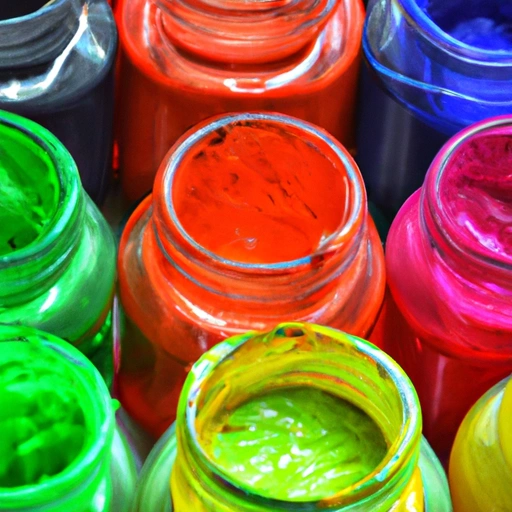Food Coloring
Description

Food coloring, also known as food dye, is a type of additive used to impart color to food and beverages. It comes in various forms, such as liquids, powders, gels, and pastes, and can be found in a range of hues to achieve the desired shade in culinary creations. Food coloring is utilized worldwide and is measured in different units depending on the region; for example, in the United States, food coloring might be measured in drops or teaspoons, while in Europe, milliliters or grams are more common. Similarly, 'azjan' regions might use traditional local measurements that correspond to their cooking practices.
Common uses
Food coloring is commonly used in a variety of food and drink products, such as candies, cakes, frostings, beverages, and much more. It's also utilized in non-food items like cosmetics and pharmaceuticals to enhance visual appeal.
Nutritional value
Calories
Food coloring generally contains very few to no calories, as it is used in very small quantities.
Protein
Food coloring does not provide any protein content.
Fat
There is negligible to no fat present in food coloring.
Carbohydrates
Most food colorings are carbohydrate-free, although some may contain a tiny amount depending on the formulation.
Vitamins
Food coloring is not a significant source of vitamins.
Minerals
Food coloring does not typically contain minerals.
Health benefits
While food coloring primarily serves an aesthetic purpose and does not contribute to nutrition, the psychological effects of attractive food presentation can enhance the overall eating experience and may indirectly encourage the consumption of healthier foods when used appropriately.
Potential risks
Some artificial food colorings have been linked to health concerns, including allergies and hyperactivity in children. Certain dyes may also be banned or restricted in different regions due to potential health risks. Always check local regulations and consider natural alternatives when possible.
Common recipes
Food coloring is often used in recipes for baked goods like cakes and cookies, confections such as candy and decorative icing, and in beverages to create visually striking cocktails and punches.
Cooking methods
The method of incorporating food coloring depends on the recipe, with some requiring it to be mixed into the batter or dough, while others may call for it to be added to frostings or glazes.
Pairing with other ingredients
Food coloring does not affect flavor, so it can be paired with any ingredients without concern for altering the taste profile of a dish.
Summary
Food coloring is a versatile ingredient used across the globe to enhance the visual appeal of food and drinks. While it carries minimal nutritional value, the role it plays in food presentation can be significant. Users should be mindful of the type and amount of food coloring used, as well as aware of any potential health risks associated with artificial dyes. It is a valuable tool in the culinary arts to create vibrant and appetizing dishes.